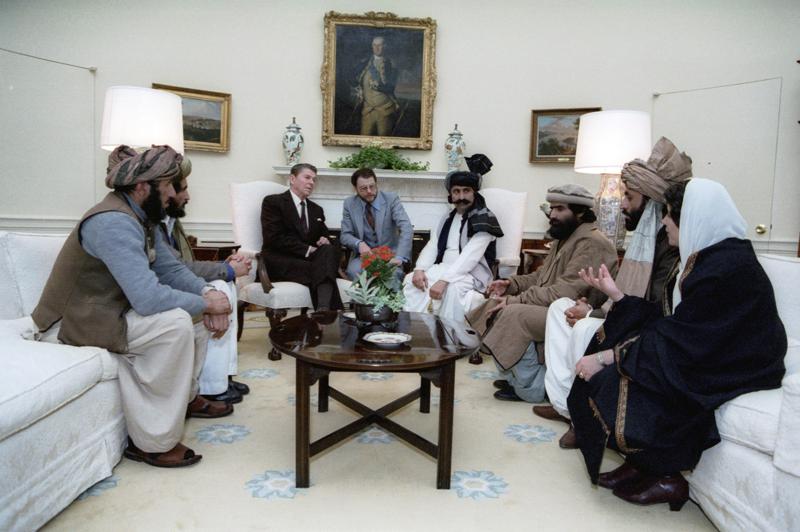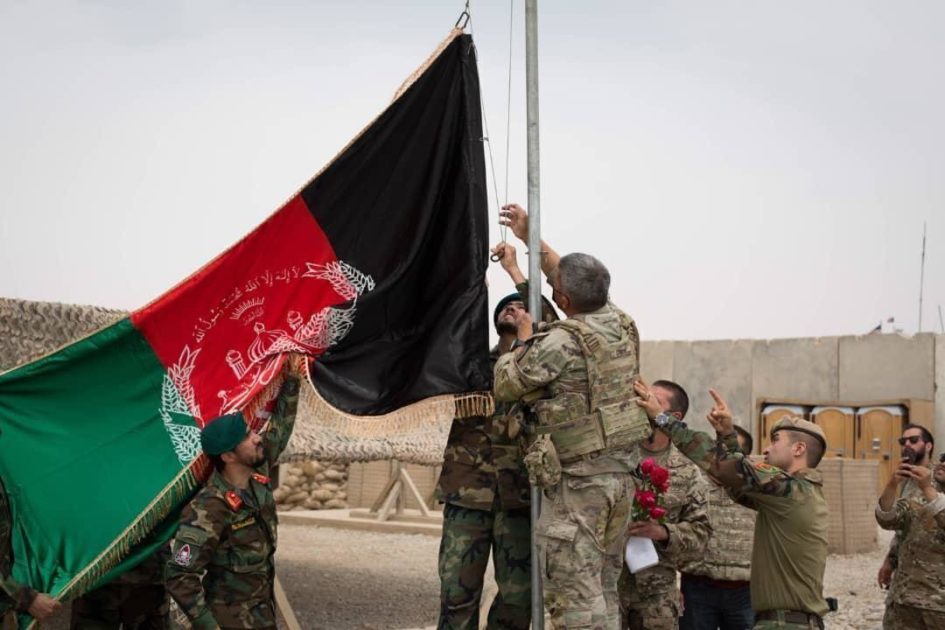The swift takeover of the Taliban following the withdrawal of American forces came as a shock to many. However, by taking a closer look into the history of Afghanistan during the Cold War, it becomes clearer how the Taliban manifested and maintained support.

Our story begins in 1978, when a revolution gained momentum in Afghanistan. Eventually, the government was propped up by massive amounts of foreign aid from the United States and the Soviets.
The Communist government had developed a large problem with corruption, leading to an outcry from citizens. At this point, there were two main factions, Marxists and Islamists, vying for power.
At first, the Afghan president of the time, Daud Khan, supported the Marxists. This was before he perceived them as a threat to his own power and moved to repress the movement. However, this backfired, which led him to be overthrown, along with the People’s Republic of Afghanistan. To protect their power, the new government began repressing Islamist groups as well as other opposing ideologies, which created a perfect opportunity for American intervention.
The alignment of Marxist Afghanistan with the Soviet Union posed a threat to American interests, as both countries sought control over Afghanistan to better influence politics in the region.
After a coup in 1979 led to intervention by Soviet soldiers, America had to develop a new strategy to repel their rivals. Since outright war with the Soviet Union was impossible, the CIA sought to support local guerrilla movements instead, which manifested in Operation Cyclone.
The operation directed American government funds to train and arm rebels in the region; specifically the Mujahideen movement, which was a loose collective of Islamic fundamentalists and other dissidents.
This allowed the movement to drive the Soviets from Afghanistan in 1989 after ten bloody years of fighting. However, this would not prove to be the end of the trouble in Afghanistan.
Though the Mujahideen had overthrown the previous government and defeated the Red Army, it did not find itself capable of governing the country they now held. The movement splintered into factions led by various warlords.
Eventually one such warlord, Mullah Mohammad Omar, went to Pakistan to recruit students of Deobandi, an ideology based on a fundamentalist interpretation of Islam. This is where the name Taliban, which means “students,” comes from.
The Taliban then went on to fight against other Mujahideen forces, gaining support with promises of peace and stability in a country defined by years of war. It is this history which is most important to understanding why the Taliban still hold influence in Afghanistan today.
The Taliban gained political legitimacy under the guise of ending this violence. Meanwhile, it merely replaced the violence of war with violent social repression of women and bans on many cultural elements such as television and music.

After ruling for most of the 90s, the attacks on the World Trade Center on Sept. 11, 2001 resulted in a war which displaced the Taliban in government and replaced them with a U.S.-backed government, a situation quite similar to the Soviet occupation two decades earlier.
As the government propped up by America began to splinter after a contentious election in which both candidates proclaimed victory, the Taliban began to see a resurgence. This culminated in the Taliban taking over shortly after American forces began evacuating the country earlier this year.
One article alone cannot do proper justice for this heavy subject matter, but if one thing can be taken away from this, it’s that much can be learned from history.

